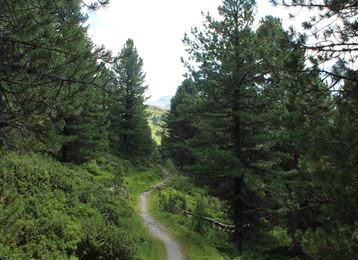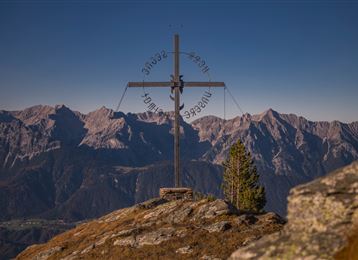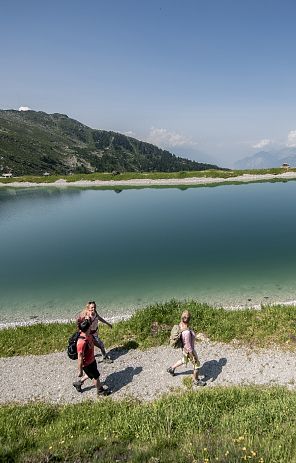Rock crystal of the Tux Alps. Crystal hike
The ancient Greeks christened rock crystal "krystallos", which means "ice". They believed that it consisted of pure, frozen spring water that never thawed. This misconception persisted until the Middle Ages. Today we know that it consists of silicon dioxide. However, this does not detract from its fascination: without impurities, it really does look like clear ice.
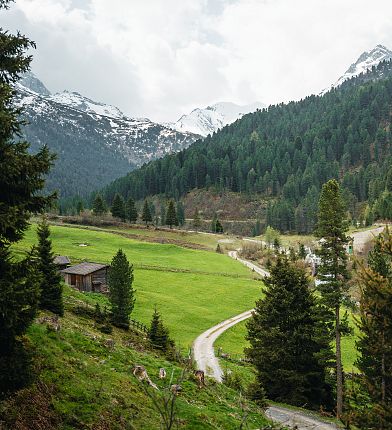

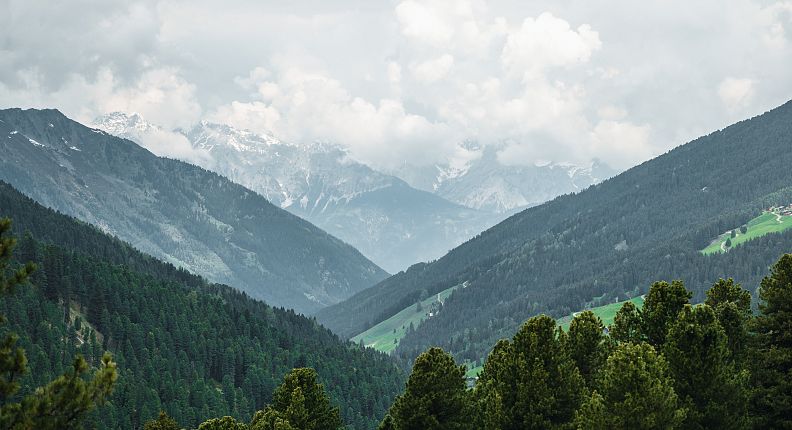
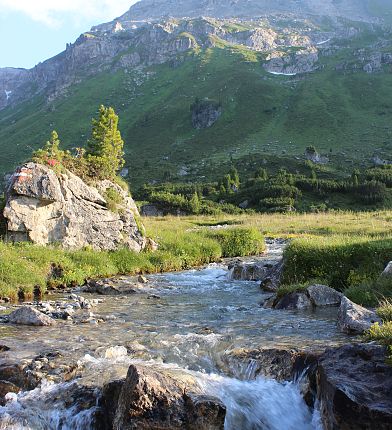
The legendary rock crystal of the Tux Alps
So it is no wonder that the crystal-clear rock crystal was also a symbol of enlightenment, protection and healing for the ancient Romans.
Many Native Americans considered rock crystal to be sacred; they wore it as an amulet to protect themselves from evil forces. For Buddhists, rock crystal has always accompanied meditations and other religious rituals.
Today, rock crystal is considered a universally applicable stone with healing properties, even if these are not scientifically recognized. It is said to help give energy, relieve pain and strengthen the body's own defenses.
One thing is certain: rock crystals are beautiful pieces of jewelry. When cut into facets, they look almost like a sparkling diamond.
Since rock crystal soon enjoyed great popularity beyond the Zillertal and Tux regions, the quartz cleft on the Riepenkar is likely to have become a hub for bartering to the north and south, according to the scientist. Based on other sites found in the form of Stone Age hunters' camps, a "rock crystal road", the route of this barter trade, can be traced.
Because the Tux rock crystal can be found extensively in our region, two crystal hikes are dedicated to it: the "Lizumer Zirbenweg" crystal hike and the "Volderwildbad-Largozalm" crystal hike. There is a stamping point at both end points.
